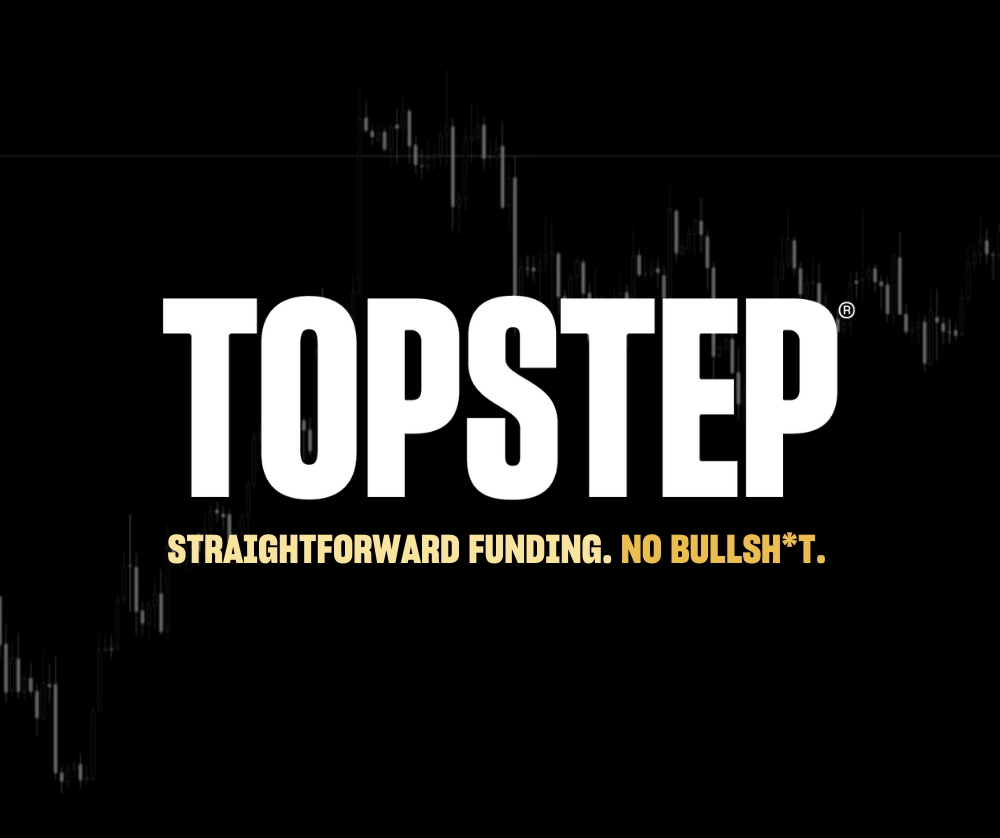Too much information can be too much of a good thing for most traders. Information overload can make it next to impossible to trade well. It also creates a challenge when deciding on an appropriate trading strategy as well as learn it, master it, and then trade it consistently. At NeuroStreet Trading Academy (NSTA), we believe the best approach is to break the learning path down into frameworks. We use a 4-step framework to allow traders to learn in a linear way. We’ve found our framework makes learning more attainable. It also helps traders identify what they’re good at and where they need to spend more time learning to become better.
Step 1: Higher Time Frame (HTF) Charts
- This is where we teach traders to learn the profiles (market and volume auctions).
- This is where we teach traders to learn the HTF price action/structure.
- It allows us to learn if price and auctions are mixed or aligned.
Mixed markets are when the auction and structure aren’t moving together. Aligned markets are when the auction and structure are moving together. We tend to find more expected follow through for directional trend trading in aligned markets.
Once we understand the condition of the HTF charts and their importance, we then move to assess the HTF and shorter time frame (STF) wave counts. NSTA uses wave counts to interpret the importance of market context. We find that trend trading inside impulse waves can be quite good. We also want to make sure we aren’t trading reversals in impulse moves as this can be quite dangerous and harder to do.
Below is an example of bullish and bearish wave counts. Wave 1,3,5 are impulse waves and Waves 2 and 4 are corrective waves. We like to trade trends in impulse waves and reversals in corrective waves. We’ll also trade trends in corrective waves, but we manage them differently with tighter trade management do to the HTF bias.
Step 2: STF and Area of Interest (AOI) We look to trade trend trades on the STF chart
- We engage in AOI’s for trade selection.
- An AOI can consist of averages, volume levels, fibs, supply/demand, or frequency ratios.
Below are charts that show examples of trades we take using our core strategy. You’ll see trend trades, reversal trades and ratio fib trades. Our HTF chart is always a 30-minute chart and our STF chart is always a 1-3-minute timeframe for execution.
Step 3: Trade Management
- We use 4 different entry patterns to assess the best way to enter trades. These include confluence of indicators, order-flow delta, volume shifts, and structure reversals.
- Depending on the preference of execution some trades prefer one method over the other.
The entry strategy is where you trade and why. The entry pattern is how you can choose to enter a trade.
Step 4: Journal and Trade Planning
We find it especially important to keep a trading journal so that you can log your trades and also write comments to read, review, and improve. There are several companies that specialize in trade-journaling software. We also find it extremely useful to have a well-made trading plan.





